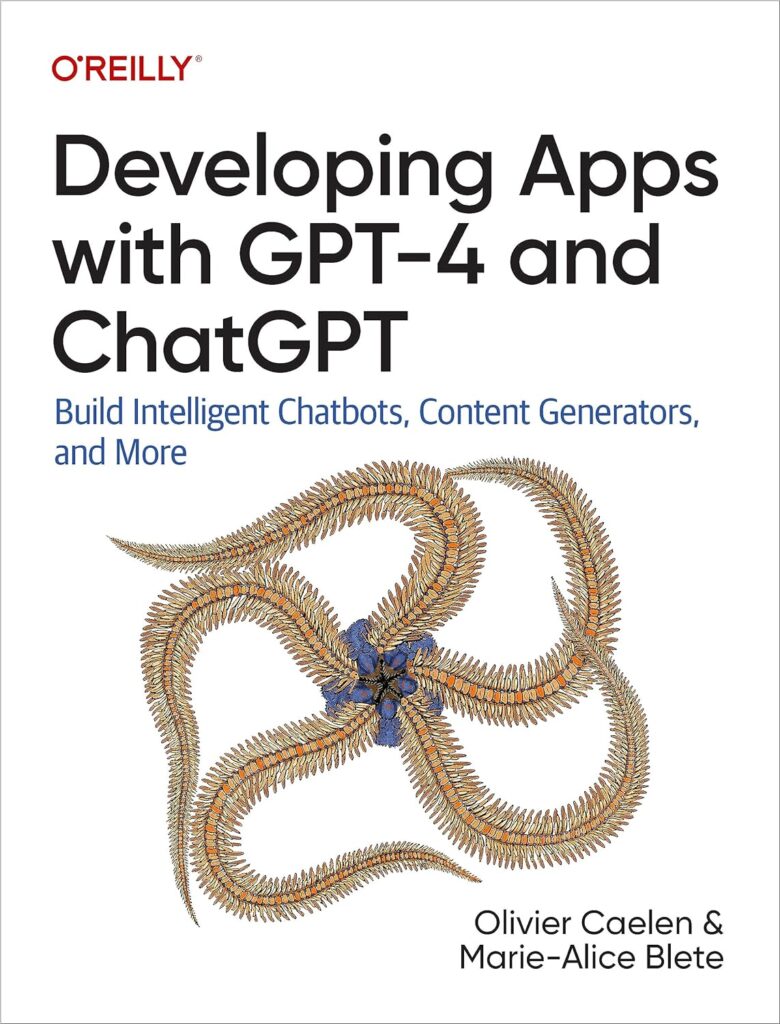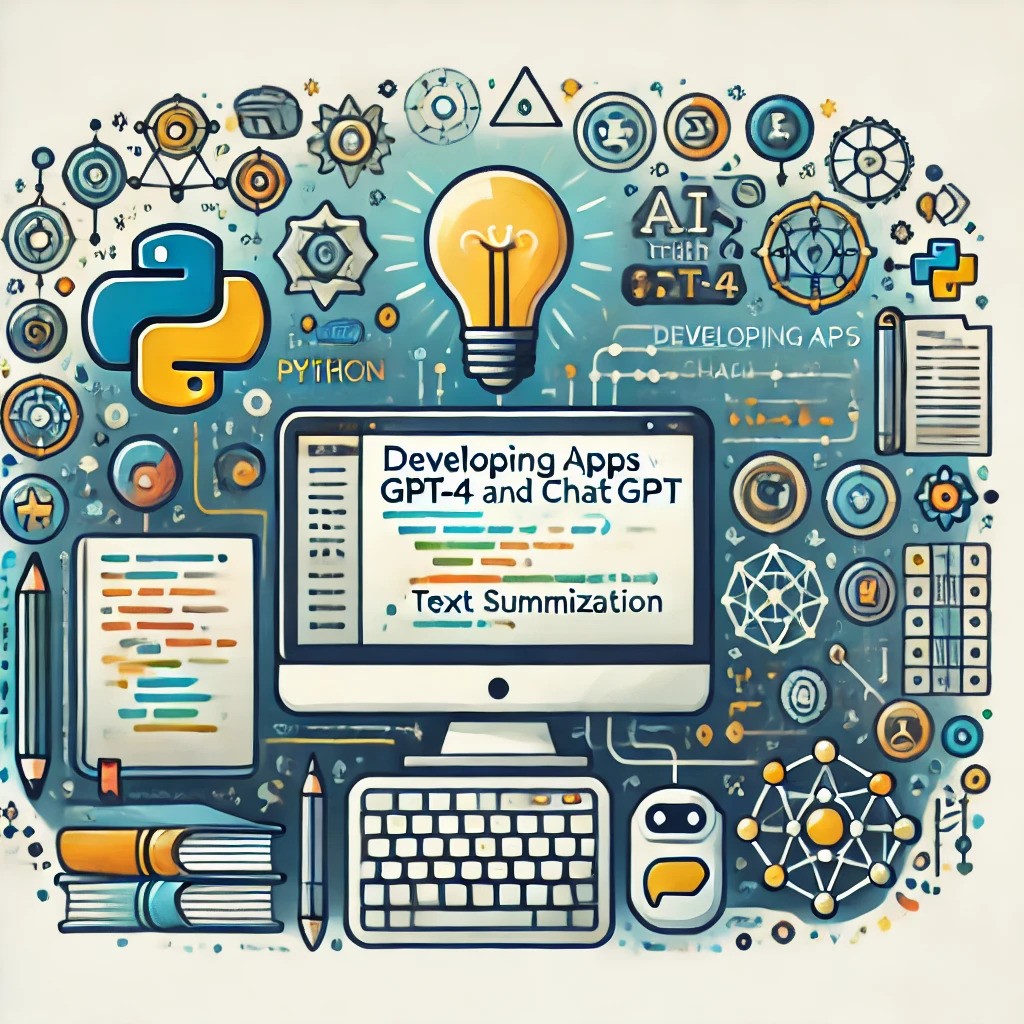The advent of large language models (LLMs) like GPT-4 has revolutionized the way developers approach natural language processing tasks. The book Developing Apps With GPT-4 and ChatGPT by Olivier Caelen and Marie-Alice Blete serves as a foundational guide for harnessing the power of these models. This article delves deep into the key concepts, architectural insights, practical applications, and advanced techniques essential for building intelligent applications using GPT-4 and its ecosystem.
📘 Understanding Large Language Models (LLMs)
Evolution from N-grams to GPT-4
Traditional language models like n-grams relied on statistical probabilities of word sequences, lacking contextual understanding. The introduction of Transformers marked a significant leap, enabling models to capture long-range dependencies and contextual nuances. GPT-4, with its massive parameter count and training on diverse datasets, exemplifies this advancement, offering human-like text generation capabilities.
Transformer Architecture: The Backbone of GPT-4
At the heart of GPT-4 lies the Transformer architecture, characterized by its self-attention mechanism. This allows the model to weigh the importance of different words in an input sequence, capturing intricate relationships and context. Unlike recurrent models, Transformers process input data in parallel, enhancing efficiency and scalability.
Tokenization: The Language of LLMs
Tokenization involves breaking down text into smaller units called tokens, which can be words, subwords, or characters. GPT-4 processes these tokens to understand and generate text. For instance, the sentence “Hello, world!” might be tokenized as [“Hello”, “,”, “world”, “!”].
Text Generation: Predicting the Next Token
GPT-4 generates text by predicting the most probable next token based on the input context. This process continues iteratively, allowing the model to produce coherent and contextually relevant responses.
🧠 Enhancing Model Performance and Reliability
Reinforcement Learning from Human Feedback (RLHF)
RLHF is a fine-tuning technique where human feedback guides the model’s responses. By ranking different outputs, a reward model is created, which then refines the LLM to align better with human expectations and reduce undesirable behaviors.
Addressing AI Hallucinations
AI hallucinations refer to instances where the model generates confident but incorrect or nonsensical information. Mitigating this involves strategies like providing clearer prompts, incorporating retrieval mechanisms to ground responses in factual data, and continuous fine-tuning with updated datasets.
🎯 Crafting Effective Prompts and Fine-Tuning Models
Prompt Engineering: Guiding the Model’s Output
Effective prompt engineering is crucial for eliciting desired responses from GPT-4. Techniques include:
- Context-Role-Task Framework: Providing background information (context), assigning a persona to the model (role), and specifying the desired outcome (task).
- Step-by-Step Instructions: Encouraging the model to reason through problems by prompting it to “think step by step.”
- Negative Prompts: Instructing the model on what to avoid in its responses.
Fine-Tuning: Tailoring GPT-4 to Specific Domains
Fine-tuning involves training the pre-existing GPT-4 model on domain-specific data to enhance its performance in particular tasks. This is especially beneficial for applications requiring specialized knowledge, such as legal document analysis or medical report summarization.
🛠️ Building Applications with GPT-4 and ChatGPT
OpenAI API Essentials
The OpenAI API provides access to various models, including GPT-4, through endpoints like ChatCompletion for conversational tasks and Completion for single-turn prompts. Understanding token usage is vital, as it impacts both cost and model performance.
Integrating GPT-4 into Applications
Developers can integrate GPT-4 into applications using the OpenAI Python library. For example:
import openai
openai.api_key = 'your-api-key'
response = openai.ChatCompletion.create(
model="gpt-4",
messages=[
{"role": "system", "content": "You are a helpful assistant."},
{"role": "user", "content": "Explain the theory of relativity."}
]
)
print(response['choices'][0]['message']['content'])
This setup allows for dynamic interactions, enabling applications like chatbots, content generators, and more.
🔗 Extending Capabilities with LangChain
LangChain is a powerful framework designed to streamline the development of applications powered by LLMs. It offers modular components that facilitate complex workflows: (What is LangChain? – AWS)
- Model I/O: Interfaces for interacting with language models, handling prompts, and parsing outputs.
- Retrieval: Tools for accessing and processing external data sources, including document loaders and embedding models. (Diving Deep into LangChain Modules: A Comprehensive Guide)
- Chains: Mechanisms to sequence multiple operations, enabling sophisticated pipelines. (Diving Deep into LangChain Modules: A Comprehensive Guide)
- Agents: Autonomous entities capable of making decisions and performing actions based on inputs. (A Comprehensive Guide to LangChain Framework)
- Memory: Components to maintain state across interactions, essential for context-aware applications.
By leveraging LangChain, developers can build applications that not only utilize GPT-4’s capabilities but also integrate seamlessly with various data sources and tools.
📚 Practical Applications and Case Studies
The book provides hands-on examples to illustrate the practical use of GPT-4 and LangChain: (Book review: “Developing Apps with GPT-4 and ChatGPT” – Foojay.io)
- News Generator: An application that creates news articles based on specific topics or keywords.
- YouTube Summarizer: A tool that summarizes the content of YouTube videos, providing concise overviews. (What is LangChain? – AWS)
- Zelda BOTW Expert: An AI assistant trained to provide guidance and tips for the game “The Legend of Zelda: Breath of the Wild.”
- Voice-Controlled Assistant: An application that integrates speech recognition to interact with users through voice commands.
These examples demonstrate the versatility of GPT-4 and the potential for creating innovative applications across various domains.
📝 Study Guide and Glossary
To reinforce understanding, here’s a concise glossary of key terms:
- Attention Mechanism: Allows models to focus on relevant parts of the input sequence when generating outputs.
- Self-Attention: A mechanism where each word in the input attends to all other words, capturing contextual relationships.
- Cross-Attention: Used in encoder-decoder architectures, where the decoder attends to the encoder’s output.
- Token: The smallest unit of text processed by the model, such as words or subwords.
- Reinforcement Learning from Human Feedback (RLHF): A training method where human feedback guides the model’s learning process.
- AI Hallucination: When a model generates plausible but incorrect or nonsensical information.
- Prompt Engineering: The practice of crafting effective prompts to guide the model’s responses.
- Fine-Tuning: Further training a pre-trained model on specific data to specialize its performance.
- LangChain: A framework for building applications powered by language models, offering modular components for various functionalities.
- Embeddings: Numerical representations of text that capture semantic meaning, useful for similarity comparisons.
🎓 Conclusion
Developing Apps With GPT-4 and ChatGPT serves as an invaluable resource for developers aiming to harness the capabilities of large language models. By understanding the underlying architectures, mastering prompt engineering, and utilizing frameworks like LangChain, developers can create sophisticated, intelligent applications that push the boundaries of what’s possible in AI-driven solutions.
For further exploration and practical examples, consider visiting the LangChain documentation and experimenting with the OpenAI API. (Introduction | 🦜️ LangChain)


